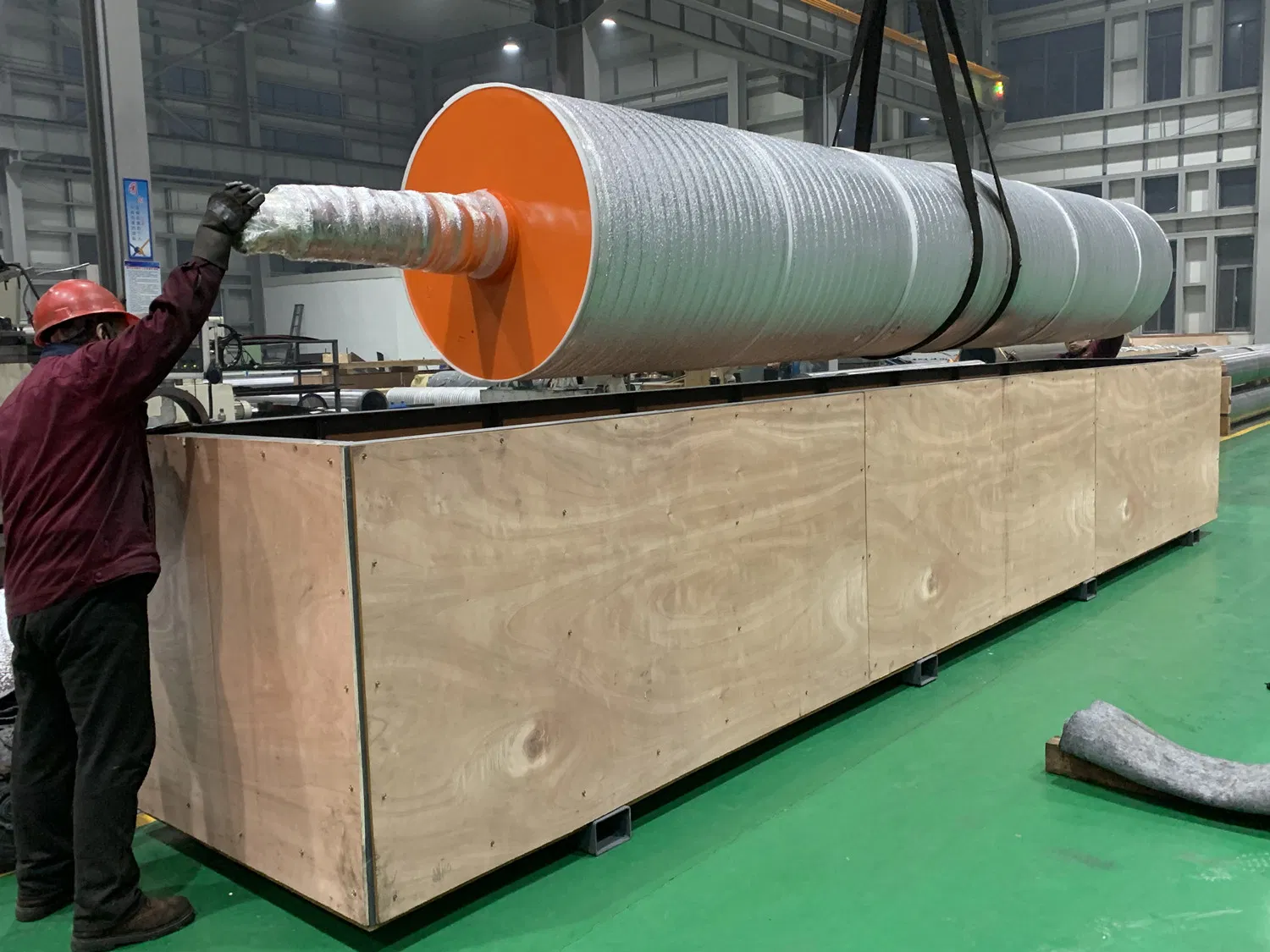The Evolution of Roll Technology in the Paper Industry
The paper industry has witnessed significant advancements in roll technology over the years. The traditional metal rolls have been replaced by modern roll designs that offer enhanced performance, durability, and energy efficiency. These innovations have helped paper manufacturers improve their production processes, reduce costs, and increase product quality.
Benefits of Modern Roll Design
Modern roll design offers several benefits to the paper industry. The use of advanced materials such as composite structures and ceramic coatings has led to the development of rolls that are more resistant to wear and tear, corrosion, and heat. Additionally, modern roll designs offer improved surface properties, such as better grip and release characteristics, which lead to smoother paper transport, reduced downtime, and improved product quality.
Applications of Modern Roll Design
Modern roll design has numerous applications in the paper industry. For example, suction rolls are used to remove water from the paper web, while press rolls are used to apply pressure to the paper to improve its density and smoothness. The use of modern roll designs in these applications has led to significant improvements in paper production processes, such as reduced energy consumption, improved product quality, and increased production efficiency.
Examples of Modern Roll Design and Applications
One example of modern roll design is the use of grooved rolls in the papermaking process. Grooved rolls are designed with a pattern of grooves on their surface that help to improve the dewatering process, resulting in a more uniform and consistent paper web. Another example is the use of ceramic-coated rolls, which offer improved heat resistance and wear resistance, making them ideal for use in high-temperature applications, such as drying rolls.
Conclusion
In conclusion, technological innovations in roll technology have had a significant impact on the paper industry. Modern roll designs offer numerous benefits, including improved performance, durability, and energy efficiency. These innovations have led to significant improvements in paper production processes, resulting in higher product quality, reduced costs, and increased production efficiency. As the paper industry continues to evolve, it is expected that roll technology will continue to play a critical role in driving innovation and improving the overall performance of the industry.



